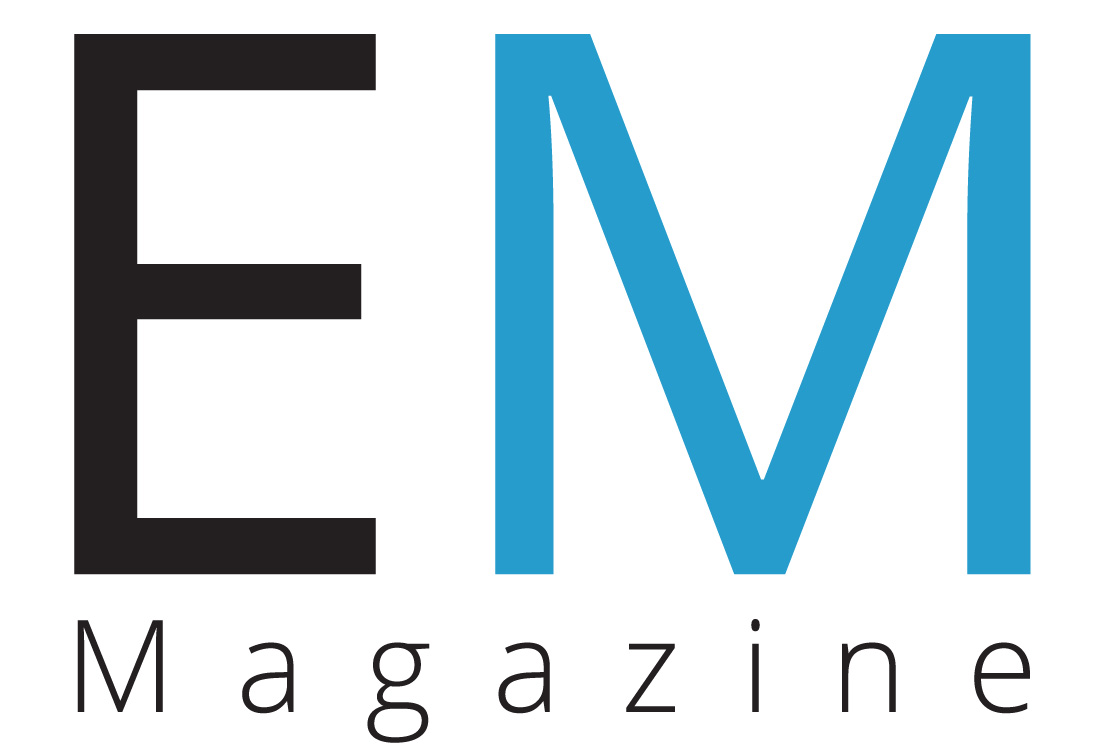There’s a new technology setting the lighting field alight. Promising easy and efficient energy optimisation, reduced costs and streamlining maintenance and reporting processes, it is revolutionising management of the built environment. We spoke with Chris Anderson, Technical Manager at Ansell Lighting who reveals more about this game-changing innovation and its potential to transform energy use associated with lighting.
With ever increasing energy prices and continuing sustainability targets to meet, finding new ways to help optimise energy use in buildings are a welcome development for property owners and operators alike.
In the lighting arena, one new innovation is promising just that: light monitoring dashboards.
Paired with smart lighting systems, light monitoring dashboards are a brand-new technology that can provide users with the extensive insights needed to manage lighting use intelligently and effectively.
Providing comprehensive insights into a building’s lighting infrastructure at a glance, they act as a ‘hub’, collecting real-time information from smart fittings and presenting them in a user-friendly interface to provide full visibility of the lighting infrastructure at a glance.
Recording and storing details such as energy consumption per fixture, occupancy patterns, brightness levels, temperature/environmental conditions around fixtures and maintenance alerts, they are enabling lighting environments to be monitored, managed, and optimised like never before.
From an energy management perspective, light monitoring dashboards are a complete game-changer, providing operators with the ability to reduce energy use from both lighting in operation, as well as an organisations wider carbon footprint.
Light monitoring dashboards can be used to provide real time data on energy consumption, offering granular insights into how, when, and where energy is being consumed. This insight is not limited to single buildings but can be used to view connected installations across multiple buildings and estates.
Users are able to track patterns, identify inefficiencies, and make data-driven adjustments as required. For example, businesses can pinpoint underutilised areas where lights have been left on unnecessarily, or access information on peak usage times to adjust their schedules accordingly. This capability not only enhances energy efficiency but also reduces carbon emissions, supporting broader sustainability initiatives.
Maintenance and management procedures can also be greatly streamlined with the introduction of light monitoring dashboards again supporting carbon footprint reduction. By providing a central hub to track the performance of all smart lighting fixtures, the need for in-person manual inspections is eradicated. Similarly, the statutory testing of emergency and non-emergency luminaires can also be carried out at the touch of a button without the need to make and in-person visit to site. This is particularly useful over multiple building campuses and estates, minimising the use of vehicles and reducing associated carbon emissions and energy consumption.

The technology can also help improve factors such as product longevity, again improving sustainable practices within the organisation. For example, temperature readings might reveal a light fitting is installed too close to a heat source which can lead to overheating and premature wear. By identifying such issues early, operators can make necessary adjustments, such as relocating the fixture or addressing the heat source, helping to prevent damage and extend the fixture’s lifespan. This proactive approach not only reduces maintenance costs but also minimises waste by ensuring products are used to their full potential.
Whilst not directly related to energy use, another major benefit of light monitoring dashboards is that they act as a central hub on which all lighting data and reports can be accessed and stored. This greatly simplifies reporting procedures and means that the status of every lighting device can be viewed in one place. This is extremely useful for those responsible for energy management within organisations, streamlining reporting procedures and ensuring accurate information is readily available whenever it may be needed.
Considering that lighting generally accounts for between 20 and 40% of a company’s electricity use, technology that can support energy optimisation has the potential to make a huge impact. As organisations continue to work towards net zero, every kilowatt of energy used counts.
Light monitoring dashboards are a powerful tool available to energy managers that can help them to make meaningful reductions to energy use, cut operational costs, and achieve ambitious sustainability goals. Unlike traditional methods of managing lighting—such as manual controls and standalone systems, the technology provides actual, real-time data, giving organisations the ability to make more informed decisions that will have a real impact on consumption and will support the wider achievement of environmental, social, and governance (ESG) targets.
This article appeared in the May 2025 issue of Energy Manager magazine. Subscribe here.



